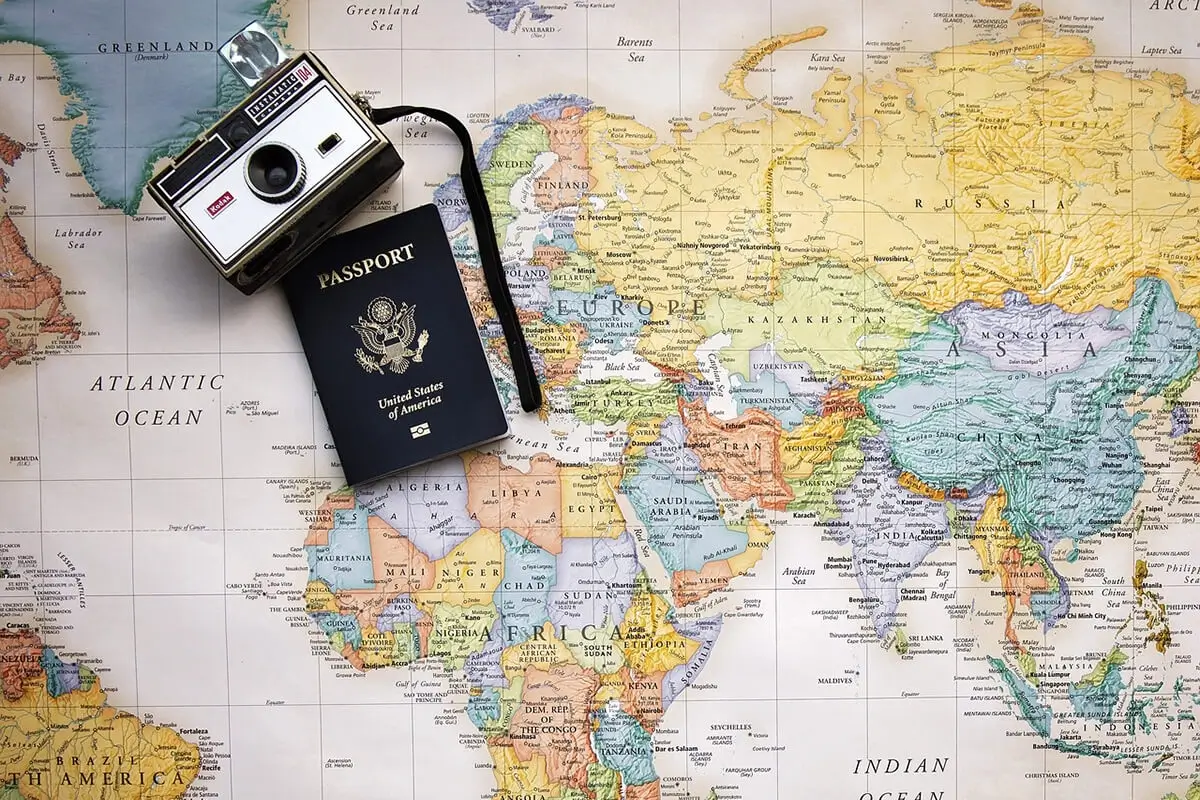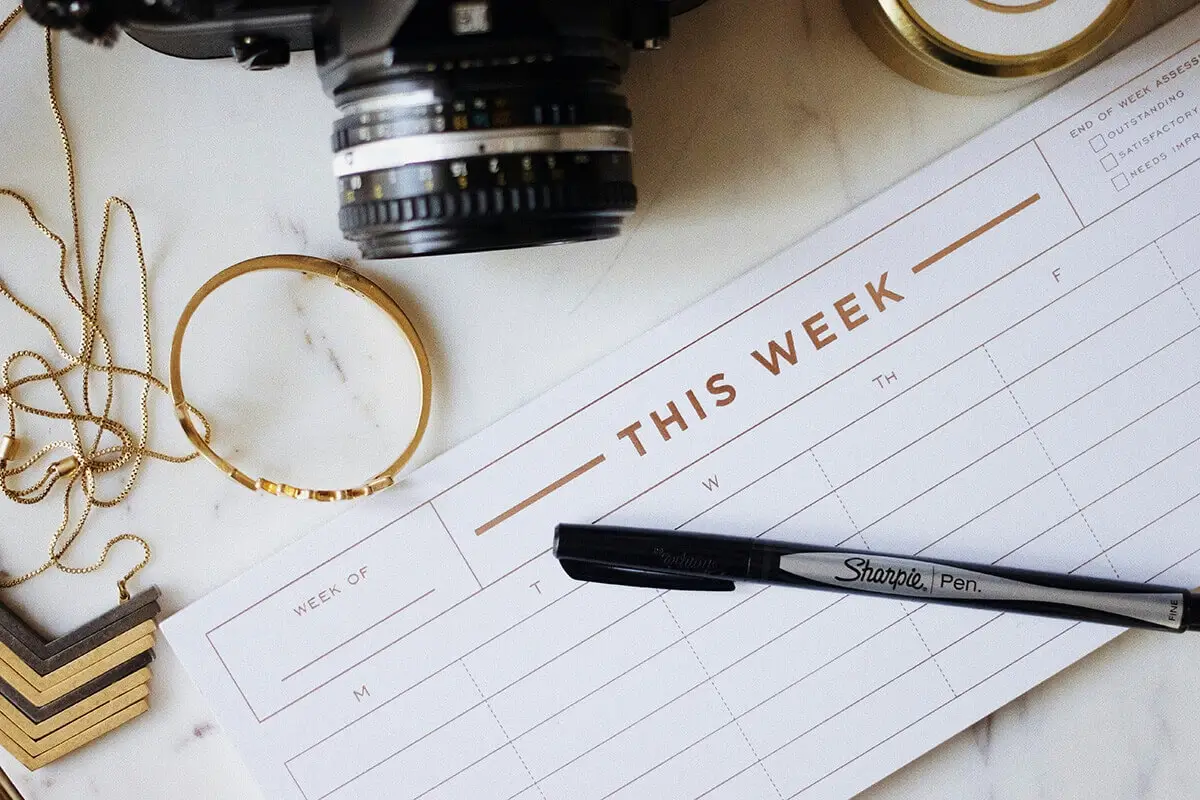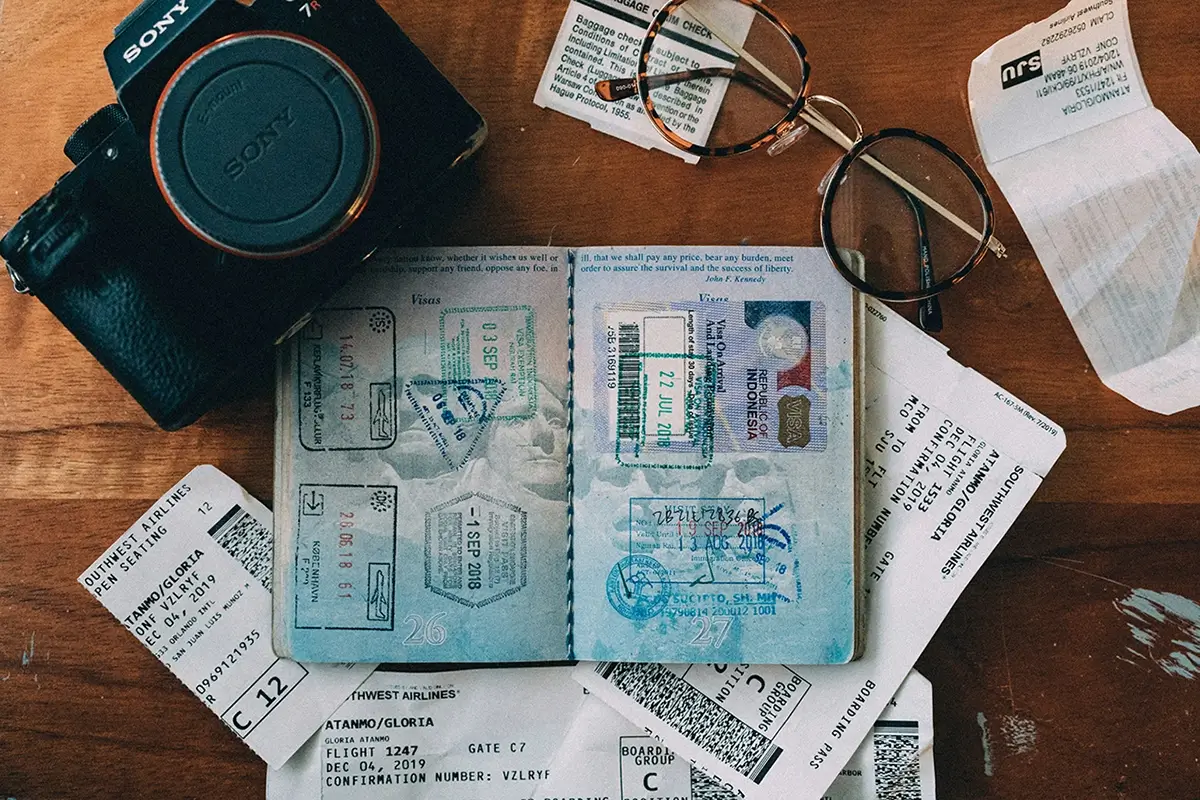The Ultimate Travel Packing Tips
Your flights, accommodations and tours are all booked for your trip to Europe. Now you are stressing about your packing list for Europe.
Our international travel packing tips will help you organise your packing list for Europe. Packing the right things helps to ensure your trip overseas is fun, safe, and stress-free.
Here are our Top 15 packing tips for European travel
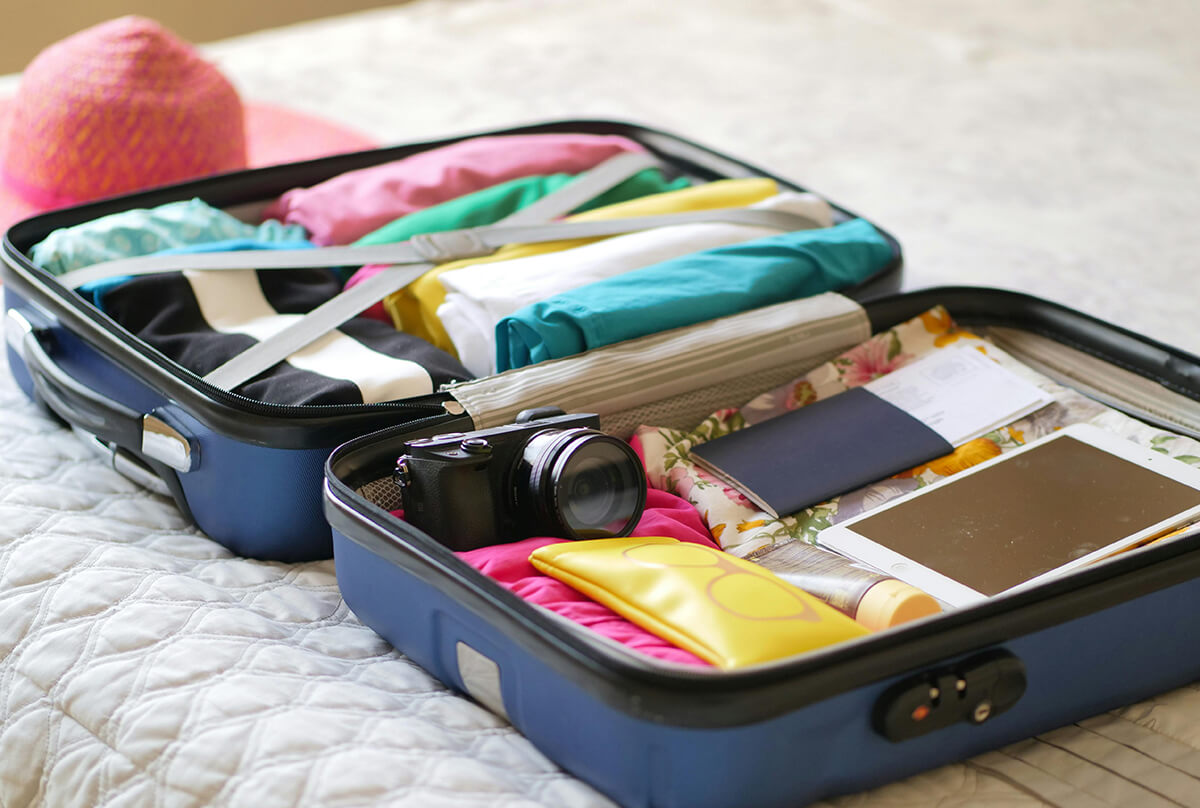
This article may contain compensated links. See our full disclaimer here. If you purchase through any of these links, we may earn a small commission at no extra cost to you.
The commissions help us provide valuable travel tips and guides for free. Thank you!
Join the Austria Travel Planning Facebook Group
Follow us on:
15 Tips for your Packing List for Europe Travel
Contents
- Plan what you need
- Make a packing list
- Choose the right Suitcase
- Travel Capsule Wardrobe
- Choose Travel-Friendly Fabrics
- Layering Clothes for Travel
- Use Packing Cubes
- Roll your Clothes
- Limit Toiletries
- Pack your Carry-on with essentials
- Prepare your Electronics and Accessories
- Bring a Cross-body bag
- Bring a Collapsable bag
- Pack Plastic Zip lock bags
- Pack a Wash bag and laundry sheets/detergent
1. Plan what you Need
Austrians and Europeans tend to dress conservatively and stylishly.
That being said, you will see every type of fashion in Europe.
You are on holiday, so the trick is to be comfortable while stylish.
The weather: Pack according to the season—be prepared for heat, cold, snow, and rain.
Convenience: you most likely want to have a good time and feel comfortable in your clothes.
Needs: Will you have access to a washing machine or laundry during your trip so that you can pack less? Or will you need to pack enough outfits for your entire trip?
Activities: Determine what activities you will need appropriate clothing for:
- Visiting the cities – walking, sightseeing in museums and palaces
- Going to the Opera or musical performances. Fancy dinners or eating in laid-back restaurants
- Countryside walks and hikes
- Beach vacations
- Alpine hikes or skiing in the mountains
Top Tip: You need less than you think you do. You will be happy having a lighter suitcase (more room for souvenirs!) and it you forgot any essentials; you can always buy them in Europe. You may even discover a new brand that you love.
2. Make a Packing List
This is a top tip for staying organised.
When you are preparing for your trip, make a packing list that includes:
Clothing: plan your outfits (see tip 3)
Essentials: such as eyeglasses, contact lenses, medication etc,
Electronics:
Travel documents: (passport, visa, credit cards, cash, reservations etc).
The list will be invaluable when you are packing so that you won’t overpack or forget anything.
For many years we ‘lived’ on two continents. With our homes in Australia and in the Austrian Alps. I became an expert at travelling 24+ hours, 15960 km from Brisbane to Munich and back twice a year.
Now, I live permanently in a ski resort in the Austrian Alps. I use my love and expertise of Austria travel to inspire people to visit Austria and to discover its magnificent cities and spectacular landscapes.
I founded Wanderlustria, the Austria Wanderlust Travel Planning website and the popular Austria Travel Planning Facebook group
JOIN HERE.

Join our Newsletter
3. Choose the Right Suitcase (for you)
There is no right or wrong suitcase, as everyone has different requirements.
When choosing a suitcase, you should consider:
♥ Are you checking your luggage or carry-on only ?
♥ The weight and dimensions:
European Airlines are strict on the weight and dimensions for carry-on and checked luggage.
Check with the policies of the airlines that you are flying with and buy a suitcase that abides by the strictest policy.
In Europe, low-cost airlines such as Ryanair typically have the strictest luggage policies.
-
-
- Pack as light as possible. A lighter suitcase will be your best friend.
- Big is not necessarily better.
-
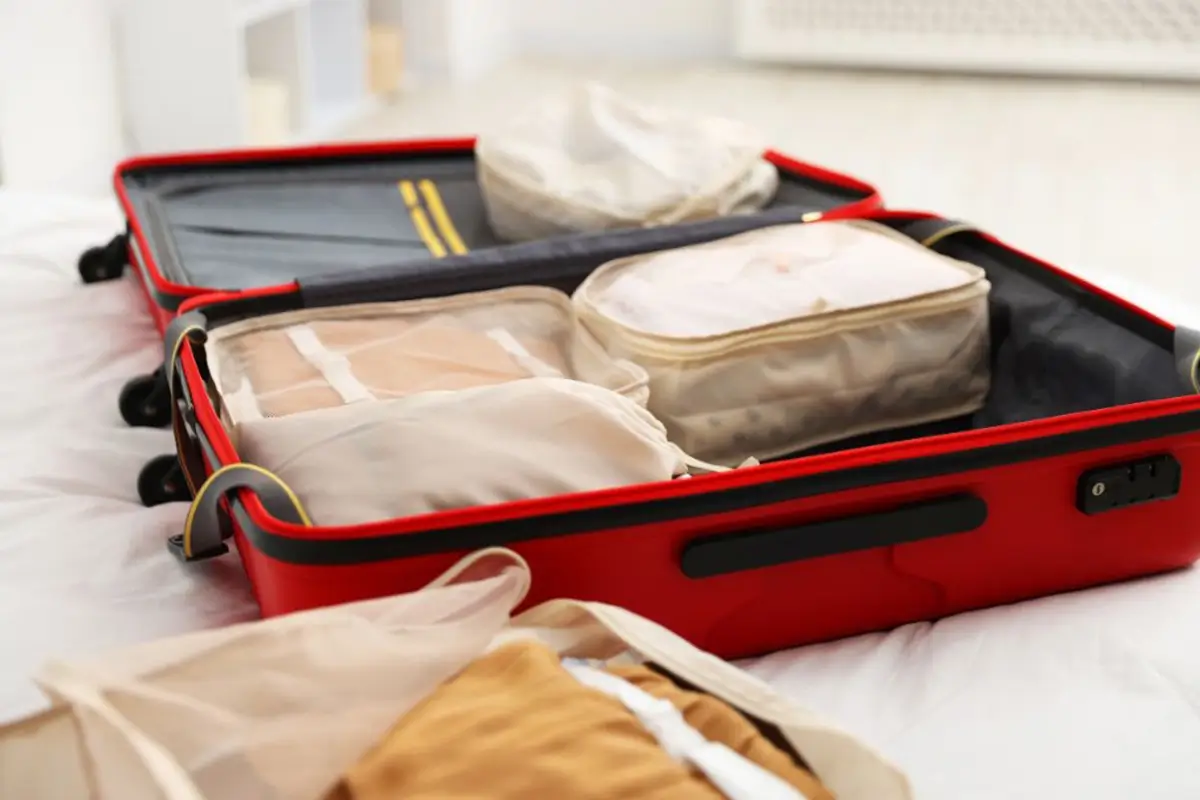
Dragging heavy, cumbersome luggage over cobblestones and up and down stairs because your hotel lacks an elevator makes your travel days more stressful.
♥ One piece of luggage is (sometimes) better than two.
Trying to manoeuvre multiple pieces of luggage is doubling the struggle.
♥ Are you moving a lot between locations?
Multiple check-out/Check-in days will have you wishing that you have more compact, lighter luggage.
♥ Are you driving or taking trains and public transport?
Hauling your luggage up onto a train and then up into the overhead luggage racks will make you wish you opted for smaller, lighter luggage.
4. Travel Capsule Wardrobe -Mix and Match Outfits
Plan your travel wardrobe with clothes that can be worn in multiple combinations. Choose clothes in neutral colours that are easy to mix and match and add colour with accessories.
Don’t try to plan for “what-if” contingencies or you will end up bringing your whole wardrobe.
Packing for a trip is an art. But packing a travel capsule wardrobe takes some planning. Put all your chosen items out and ensure that you can make multiple combinations.
Start with everyday basics- Tops, jeans/trousers/skirts, jumpers/sweaters, underwear and shoes.
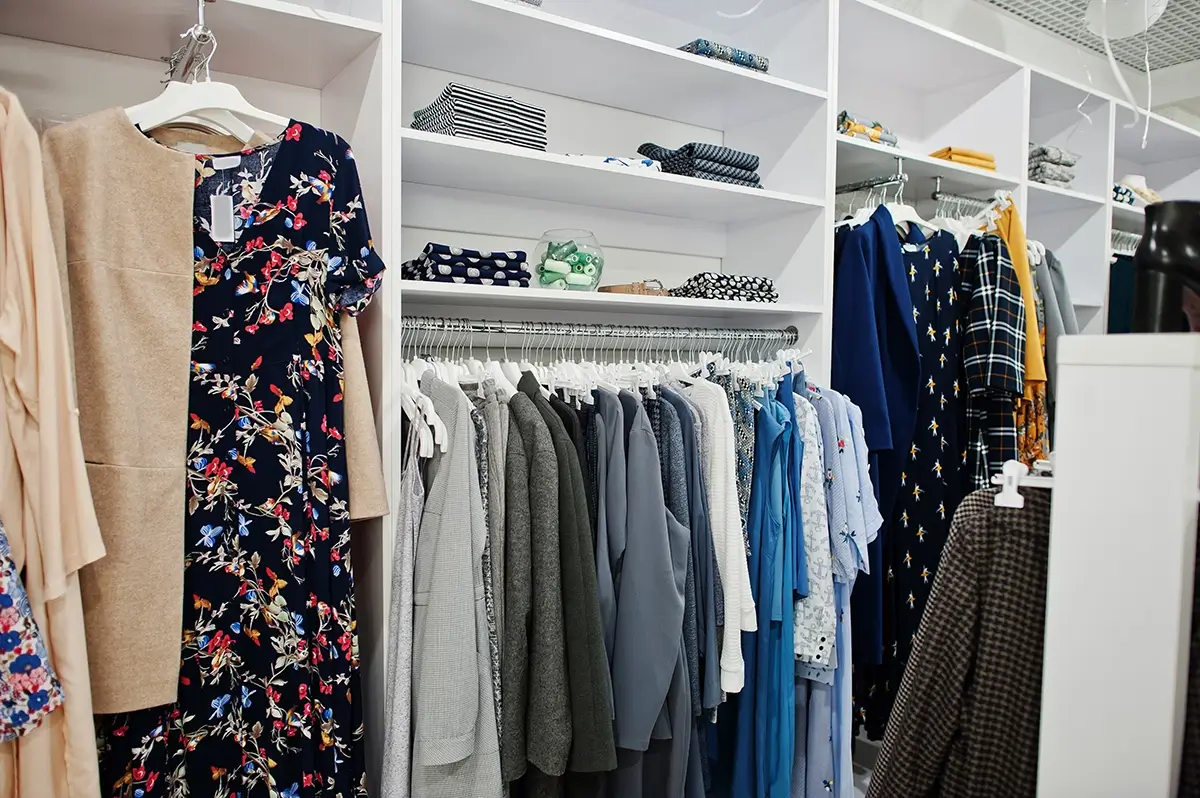
Designed by Freepik
Bring clothing items that are comfortable. Travelling is not the time to ‘try out’ new clothing- unless, of course, you bought it while travelling.
To the basics, add items that you need for events or activities that you will require, such as
- 1 Dressy outfit for going to dinner, or performances
- Swimsuit for sauna/spa, pool or beach
- 1 Walking/hiking/sporty outfit
- 1 wind and water-resistant jacket
- Accessories- hats, scarves, belts, ties etc.
The 5 4 3 2 1 capsule wardrobe is a popular travel packing method. There are different combinations of this method, but many suggest packing five tops, four bottoms, three seasonal items (dresses, sweaters, etc), two shoes and one set of accessories (jewellery, sunglasses and hat).
If you are travelling to Austria in winter, make sure you add winter-appropriate clothing such as a warm, windproof and waterproof jacket, winter boots, thermal base layers (top and leggings), gloves or mittens and a winter hat.
5. Choose Travel-friendly fabrics.
Choose items that are wrinkle-resistant, quick-drying and odour-resistant.
Merino wool is durable, warm, odour-resistant and non-itchy. Merino wool can be expensive.
Linen is breathable- good in cold and warm climates, but it wrinkles.
Hemp is durable and has a natural resistance to mildew but tends to wrinkle easier.
There are also a number of synthetic materials that are both sustainably made and affordable.
6. Layering Clothes for Travel
Layering has several advantages. Layering allows you to carry less in your luggage while still being prepared and dressed nicely on your trip. Layering means that you don’t just bring clothes from one climate or for one purpose.
Layers help you dress for weather changes during your travel day. You can add/shed layers based on the temperature.
If you are travelling to a colder climate or if you are travelling between cold and warm weather– layering is the key to packing. Everything you pack should be wearable in any weather. The trick is to have a warm base layer and outer layers. This is also good practice to be prepared for rainy days or cooler nights.
A light sweater/jumper may not be enough to keep you warm, but when layered with another thin knit, you will be warm enough. The extra bonus is that two lightweight jumpers/sweaters take up a lot less room in your luggage than a bulky thick sweater/jumper.
Layers give you more travel outfit options. One bulky sweater/jumper can only be worn one way, but two lightweight layer-able pieces can be mixed and matched with other layering pieces in your travel wardrobe, leading to significantly more outfit options.
Try to pack your outfits with the three layers
Base Layer-which regulates your body temperature and wicks moisture away- keeping you cool in summer and warm in winter, such as t-shirts/tank tops and thermal tops and bottoms (for cold weather).
Insulation Layer that keeps you warm, such as sweaters/jumpers and fleece jackets (when colder).
A Shell Layer A suitable jacket that will protect you from the wind, rain, cold, snow.
7. Use Packing Cubes
Packing cubes can help you organize your suitcase and separate clothing.
You can group items together by outfit or type of clothing (tops, bottoms, swimsuits, underwear) or use them to pack by day.
Packing cubes help keep your clothing wrinkle-free and help you fit more items into your bag.
Some Packing Cubes are also compression cubes. But be careful, as with the compression, you tend to pack more.
Be careful with the extra weight you can pack in compression cubes- this is especially important when travelling by European airlines that have luggage weight restrictions.
8. Roll Clothes
Tightly rolling your clothes allows for much more compact packing.
You can fit more clothes in your bag and reduce creases and wrinkles.
But, it may be a more efficient use of space to fold bulky items such as jeans and trousers.
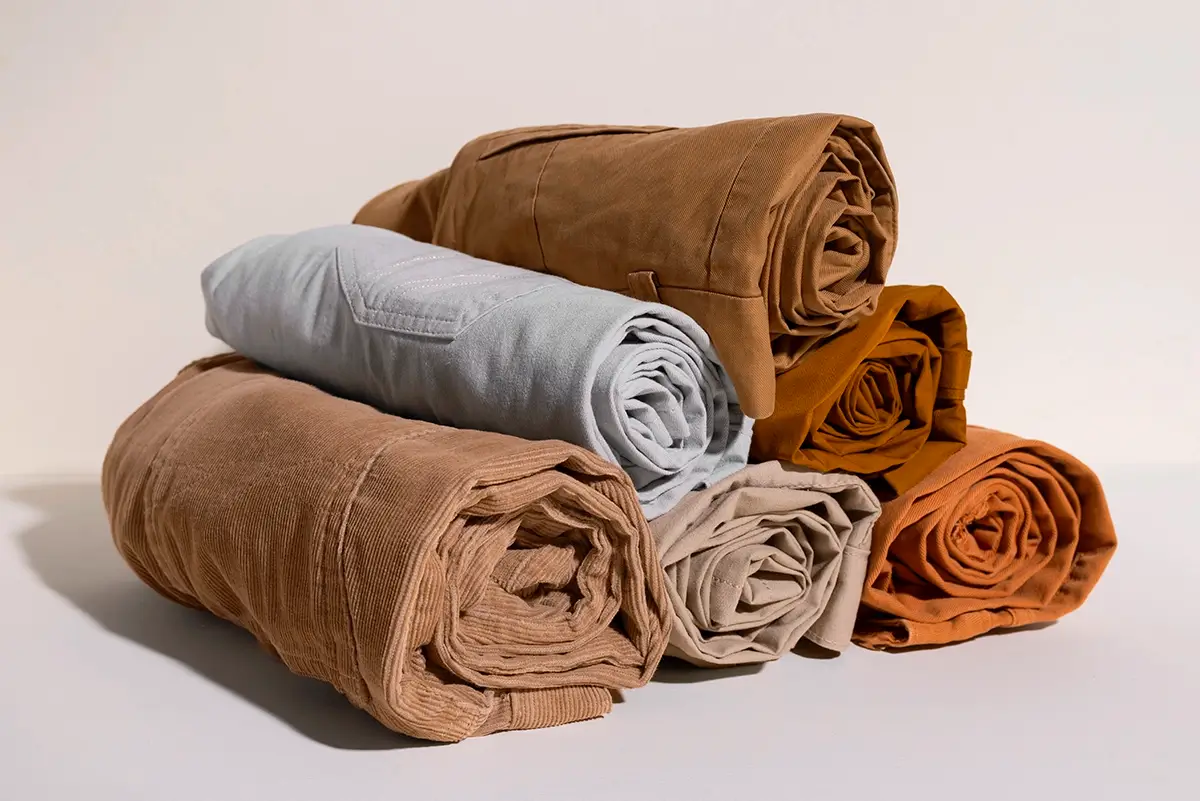
Designed by Freepik
9. Limit Toiletries
Only pack the essential toiletries and/or travel-size toiletries. If you run out of something or forget something, Austrian (and European) grocery and drug stores carry European and international toiletry brands. You never know when you may discover your next favourite beauty product.
Most hotels provide basic supplies such as shampoo and body soap. Most hotels also provide hair dryers.
Be sure you pack enough of each of your prescription medications, and be sure not to put them in your checked luggage.
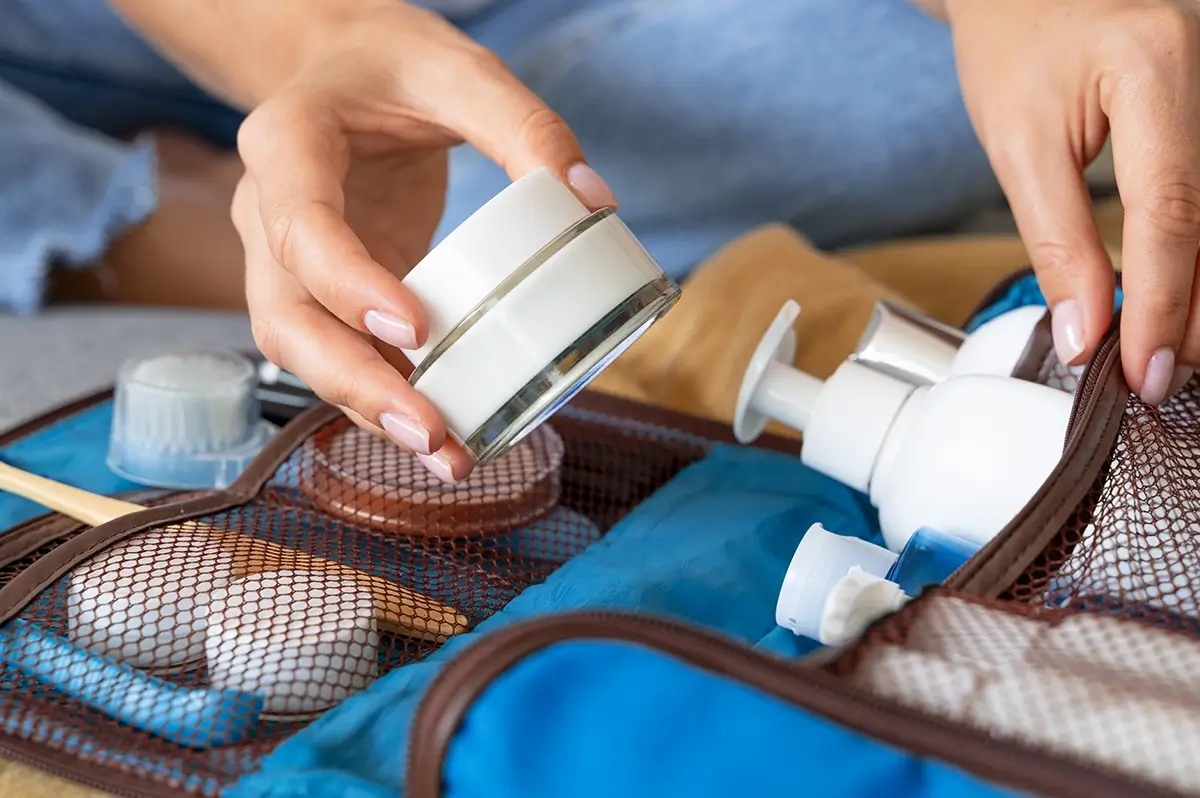
Designed by Freepik
If you are packing your toiletries in your carry-on luggage, be aware that European countries are strict with liquid restrictions (including lipsticks, deodorants, etc).
At the time of writing, each bottle can be no larger than 100ml (3.4 oz), and all liquid containers must fit in a 1L (33.4 oz) plastic bag.
Note: Face washers are not common in Europe or provided in Austrian (or European) accommodations.
So, if you use face washers- it is recommended to pack in your luggage.
10. Pack your Carry-on with essentials.
If you are checking your luggage, ensure that your carry-on has all the essentials you need if your luggage is delayed. This includes
- Essential travel documents
- Medications
- Electronic devices
- Change of clothes- pack at least one complete change of clothes in a packing cube
11. Electronics and Accessories
Do not forget to pack chargers and cords for all your electronic devices. We also recommend bringing a portable charger.
Visitors from the UK, Australia and India (+ others) will need an adapter to use European plugs.
Visitors from North America will need a combined adapter and converter since their appliances work on different Voltages (110-120 V) and Frequencies (60 Hz).
Plug Type: C and F (in Austria and throughout most of Europe)
12. Bring a Cross-body bag
There is a big business selling theft-proof bags.
In my opinion, nothing says ‘I am a tourist’ more than the obvious theft-proof bags. I travel all over Austria and Europe and have (luckily) never had a problem.
I use a normal cross-body bag. If you are nervous, you can use clips to secure the zipper.
Cross-body bags keep your hands free but are close to you at your front so you can keep an eye on them. A cross-body handbag is also stylish enough to be used during the day or at night.
13. Bring a collapsable bag
I always bring a collapsable bag with me when I travel to fill up with souvenirs and shopping.
I bring this bag back on the airplane as my carry-on. It is also useful to have if your checked luggage is overweight so that you can put some heavier overflow items from your suitcase.
I also find having an extra bag while I am travelling between locations is useful as I can separate what is needed at each location easily.
14. Pack Plastic zip lock bags/ plastic wrap.
I always pack a few plastic zip-lock bags in my luggage. They are useful for liquids when going through security, for snacks, or to waterproof my luggage from leaks of toiletries (or the wine I am bringing home).
And the larger zip-lock bags can be used as cheap compression bags.
15. Wash bag and laundry sheets/detergent
The trick to packing light is being able to do laundry. Laundry done at hotels tends to be expensive, and sometimes it is hard to find a laundromat.
I bring a wash bag and laundry sheet or detergent (ensure that the volume meets Airline restrictions if packing in your carry-on) so that I can wash small items in the bathroom sink.
I also pack a stain remover to treat spills quickly.
It is a good idea to have a Ziplock bag to keep damp items separate if you must pack before the item is fully dried.
Join our Newsletter
Packing Tips

Europe Packing Tips

Autumn Packing List

Christmas Market Packing List

Ski Trip Packing List
Wanderlustria's Austria Trip Planning Service
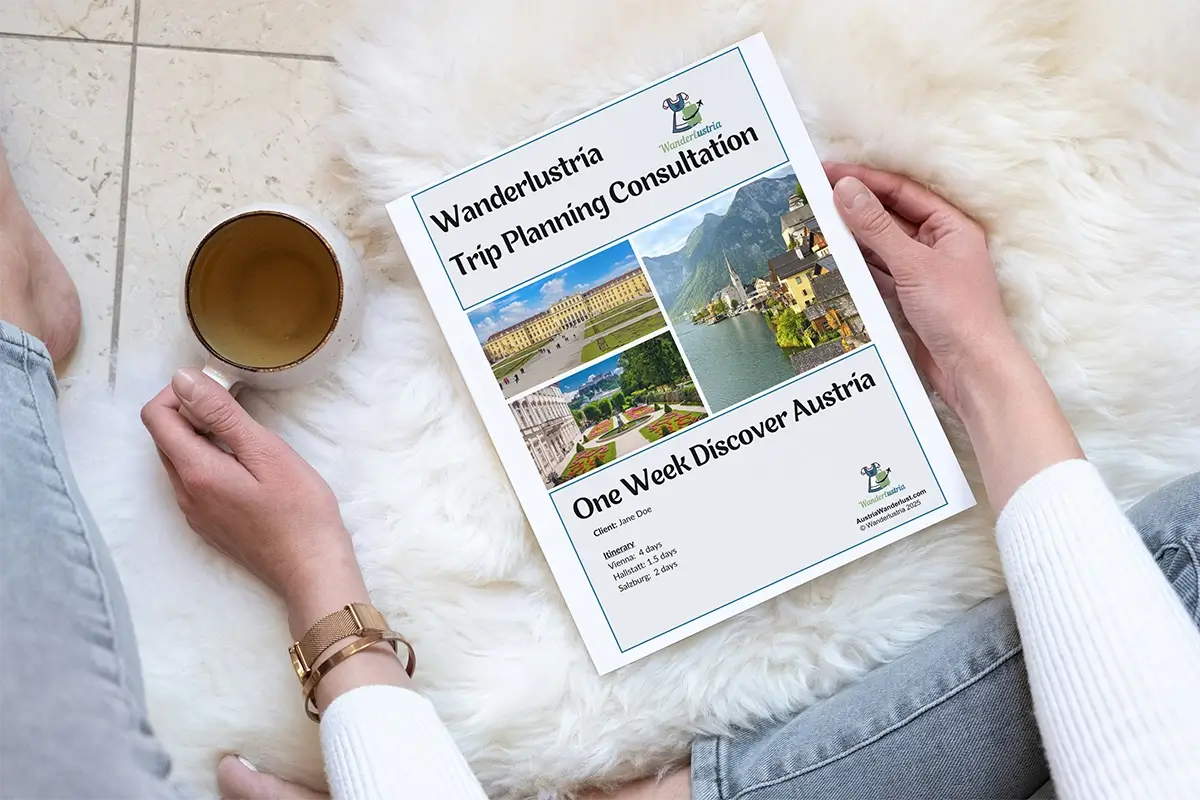
Expert advice to help you plan your Austria holiday.
Book an Austria Trip Planning Consultation
We help you plan your dream Austrian holiday.
The Wanderlustria Trip Planning Service provides advice on everything you need to know about planning your holiday to Austria- from hotels to tours, where to get the best tickets, train and road trips and share our favourite places and activities to ensure your Austria holiday is memorable.
Find the perfect Austria Travel Consultation for you
Trip Planning
Click on one of the topics below to start planning your dream trip to Austria.
Wanderlusting where to visit in Austria?
Read these Articles for Recommendations, Tips and Advice on Sights to See and Things to Do
Plan your Austrian Holiday
Follow AustriaTravelPlanning by Wanderlustria
Chief Wanderlust’er and Austria travel expert, I’m on a mission to help you uncover the magic of Austria — from fairytale cities and alpine villages to awe-inspiring landscapes and rich cultural traditions.
As the founder of Austria Wanderlust Travel Planning, the Austria Travel Planning Facebook Group, and director of Wanderlustria eU, I provide trusted tips, local insights, and curated resources to make your Austrian adventure seamless, authentic, and unforgettable.

